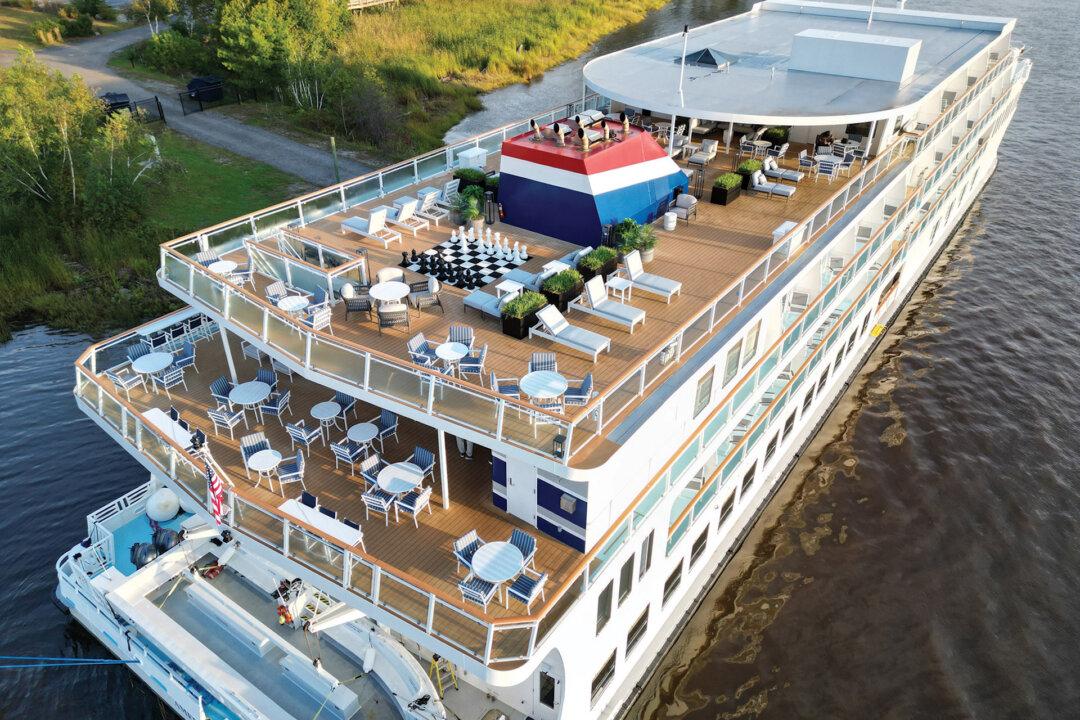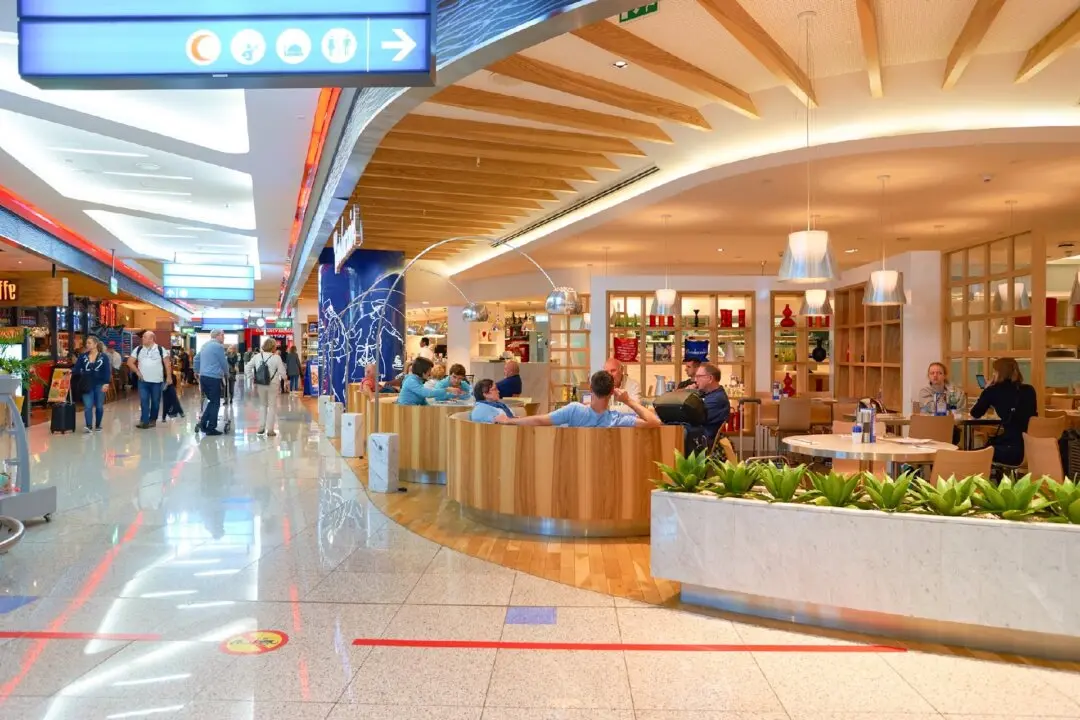One day during a recent journey through several Southeastern states, I knocked on an unmarked wood door, uttered a secret password, and my wife, Fyllis, and I were admitted to the throwback of a Prohibition-era speakeasy. This experience took place in a history-rich city where visitors feel as if they have stepped back in time. And adding to the enjoyment of dropping by Savannah, Georgia; Charleston, South Carolina; and other historic gems was time spent traveling from one to another.
The outings at each port appealed to many tastes and interests. That Prohibition Museum in Savannah, for example, is the only one of its kind in the nation. Exhibits, dioramas, and other displays bring the Roaring ‘20s to life in a meaningful way.





